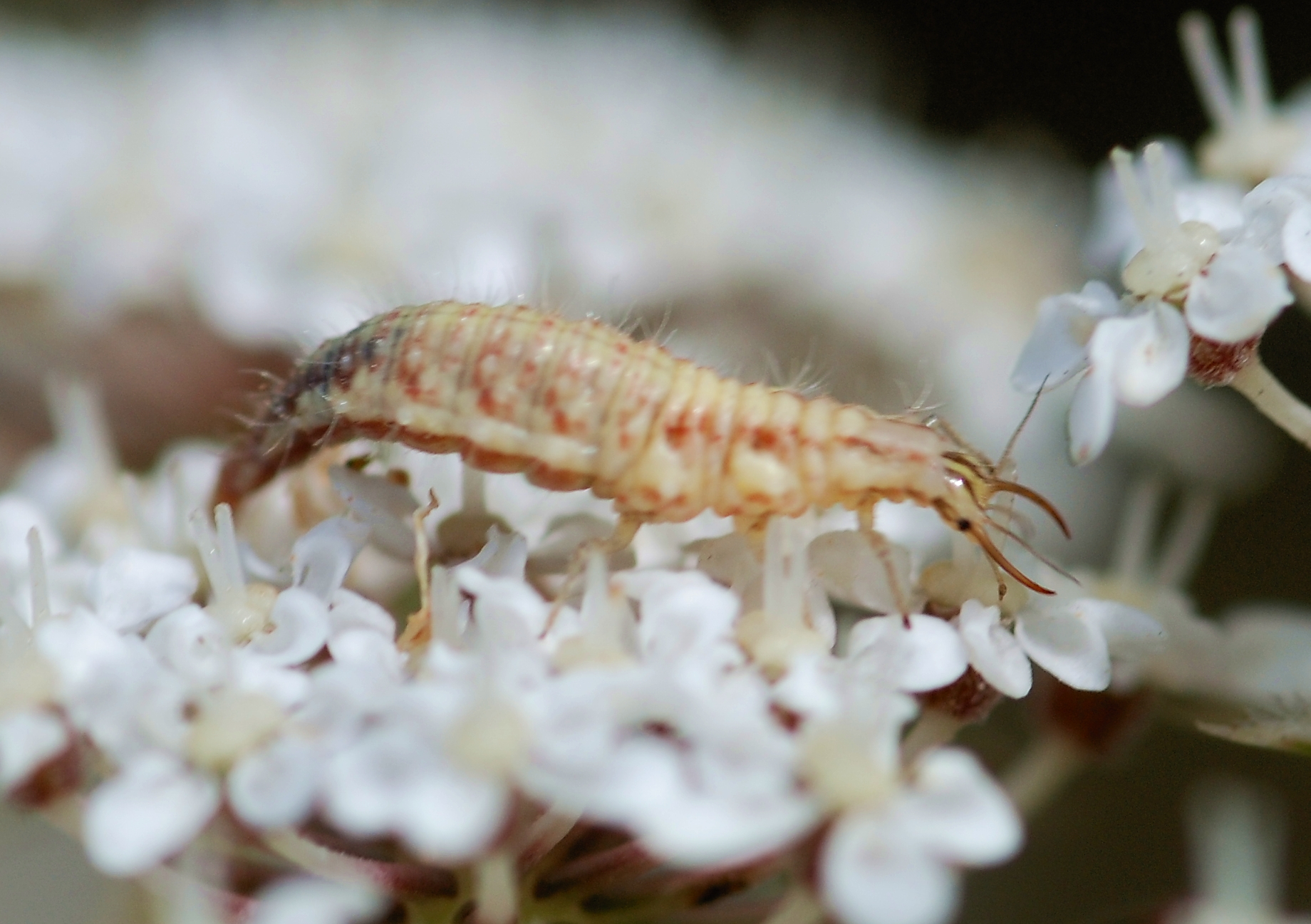Aphids
Aphids are a small, soft-bodied insect that you can find on many plants in the garden, usually on the new growth and under leaves. They can be green, red, orange, black or white and woolly, and are usually in clusters on new blooms and new growth, they are a common pest on roses.
The aphids tube-like mouth pierces the soft new growth of the plant and uses it as a straw to draw out fluids it uses to survive. This can cause a plant to be deformed, causes the plant to be more susceptible to disease and can even cause the plants death.
Although pesticides can be used, the preferable way to deal with these pests is to make sure your plants have the proper nutrients and soil conditions, are planted where they can receive the lighting required for the specific plants, and encourage beneficial insects in your garden. Some well known beneficial insects that feast on aphids are Ladybug s and Green lacewings
s and Green lacewings .
.










